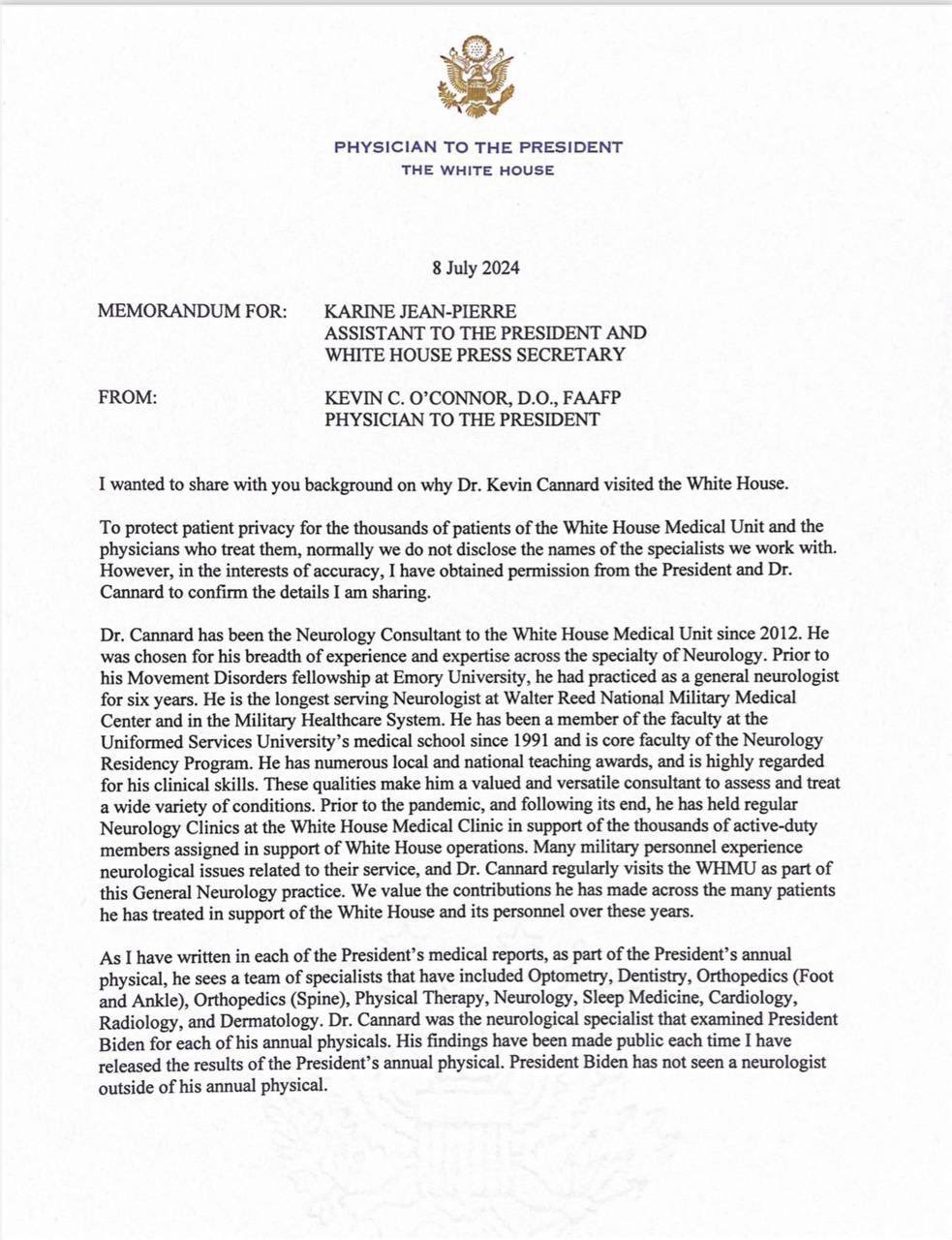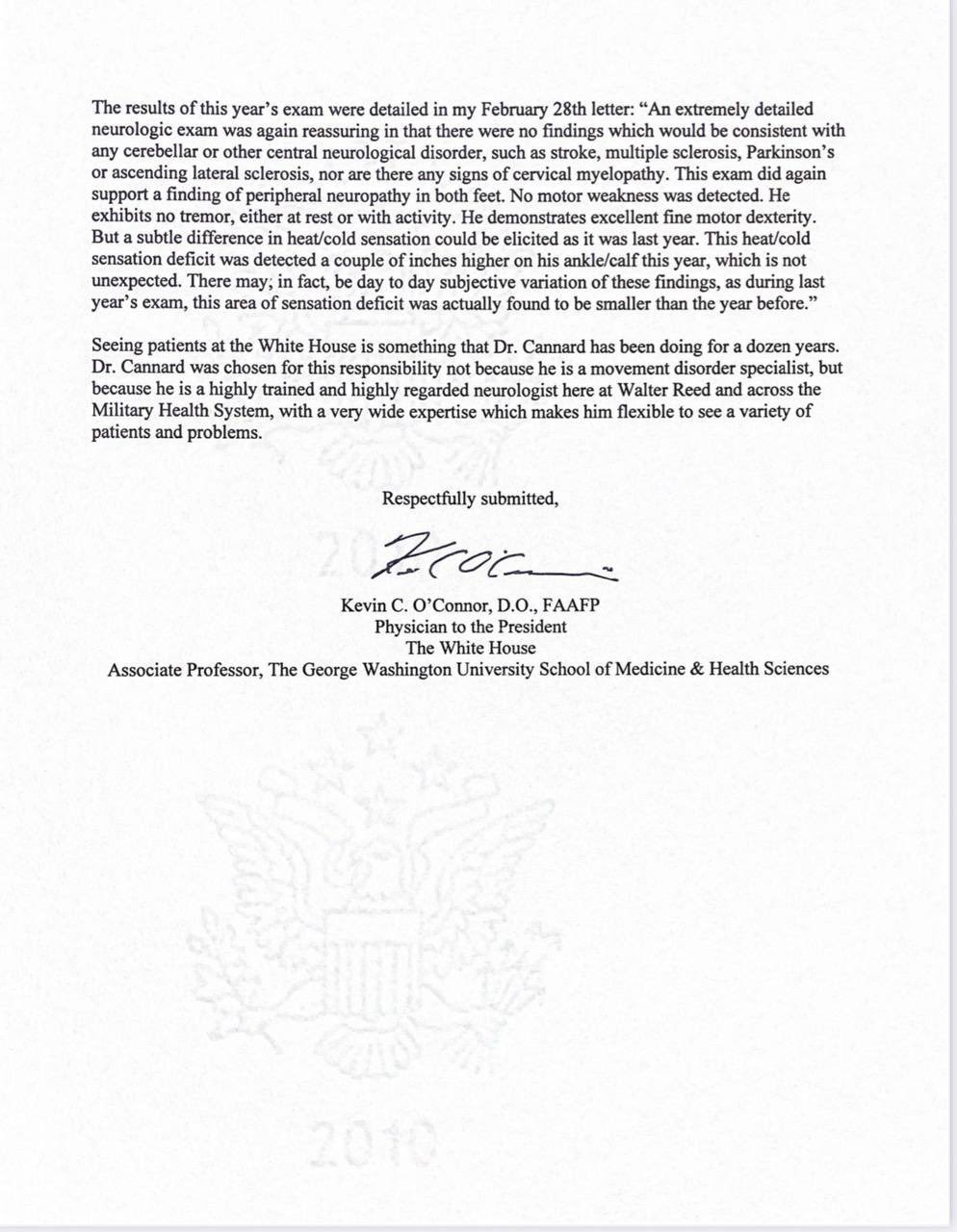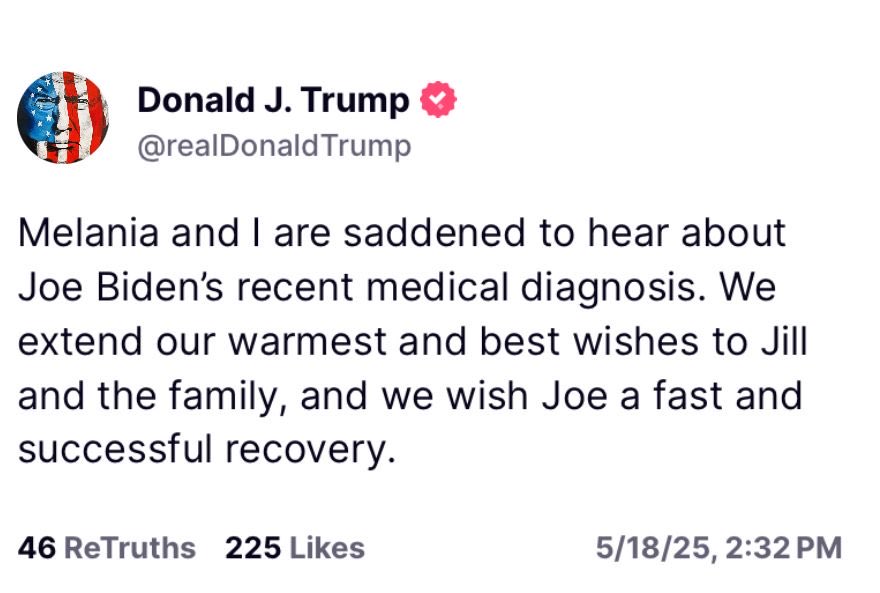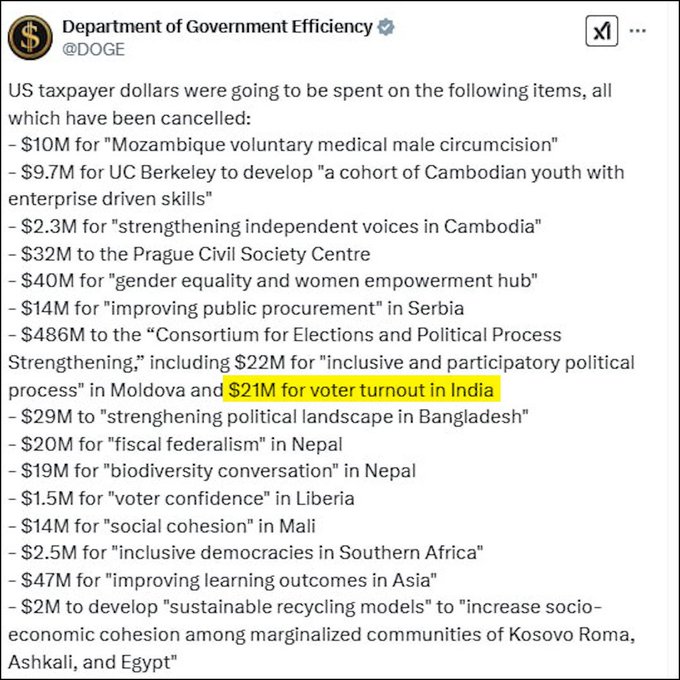🔬 What is Prostate Cancer?
Prostate cancer, a type of cancer, begins in the prostate gland, a small, walnut-shaped structure just below the bladder in men.
This gland is vitally vital for the male reproductive system since it feeds and transports sperm during ejaculation, hence generating seminal fluid.
Though it is small, the prostate is extremely active and hormone responsive, hence it is prone to cellular changes—some of which could turn cancerous with time.
Among the most prevalent tumors worldwide, prostate cancer ranks especially for men over fifty.
In fact, as one gets older, the likelihood of developing prostate cancer increases significantly; most instances are in men 65 or older.
Since 1 in 8 males are projected to be diagnosed with prostate cancer during their lifetime, awareness and early detection are extremely vital.
Usually remaining contained inside the prostate gland for years without clear signs or harm, prostate cancer most of the time grows somewhat slowly.
Many men with such cancers enjoy normal lives without having urgent or aggressive treatment; these low-grade tumors might never be significant health problem.
This has given rise to active surveillance methods—those in which the cancer is closely monitored rather than treated right away.
Not all prostate cancers, however, follow this slow, lazy path.
Some kinds are high-grade and aggressive, growing fast and able to invade neighboring tissues or spread (metastasize) to far-off organs such the bones, lymph nodes, liver, or lungs.
These aggressive kinds need quick and often severe treatment as, if not treated early, they can create significant issues or become life-threatening.
The wide range of prostate cancer behavior—from harmless to very dangerous—underscores the importance of individualized diagnosis and approachable treatment.
Regular check ups and screenings—including digital rectal exams (DRE) and prostate-specific antigen (PSA) test—could determine early detections and could lead to risk assessment.
Let’s dive in more about Prostate Cancer –
🧬 Causes and Risk Factors
Although the precise aetiology of prostate cancer is still unknown, studies have found many significant risk factors that could raise a man’s chance of getting the condition.
These risk factors could affect cancer development either separately or interactively.
1. Age
The most important single risk element for prostate cancer is age. Most instances are found in males over 65, and the probability of getting prostate cancer rises significantly after the age of 50. The American Cancer Society estimates that almost 6 out of 10 cases are among males 65 or older. Aging might impair DNA repair systems and raise the likelihood of cell mutations, hence promoting cancer formation.
2. Race and Ethnicity
Race plays a major role in prostate cancer risk and outcomes:
African-American men have the highest risk of developing prostate cancer and are more than twice as likely to die from it compared to white men. They also tend to develop the disease at a younger age and often present with more aggressive tumors.
Hispanic/Latino and white men fall in the middle range of risk.
Asian and Pacific Islander men have the lowest incidence of prostate cancer globally. This has been partly attributed to genetic factors, dietary habits, and lifestyle differences.
The reasons behind these disparities are complex, involving a combination of genetics, access to healthcare, socioeconomic status, and environmental exposures.
3. Family History
A strong familial link exists in prostate cancer risk:
A man is twice as likely to develop prostate cancer if he has a first-degree relative (father, brother, or son) who has had the disease.
The risk increases further if multiple family members are affected or if the relative was diagnosed at a younger age.
Family history suggests a heritable component, but may also reflect shared environmental or lifestyle factors.
4. Genetic Mutations
Certain inherited gene mutations significantly increase the risk of prostate cancer:
BRCA1 and BRCA2: Well-known for their association with breast and ovarian cancers, these genes also raise the risk of aggressive prostate cancer, especially BRCA2.
HOXB13 mutation: This gene is linked to early-onset familial prostate cancer.
Lynch syndrome (hereditary non-polyposis colorectal cancer): This genetic condition, known to cause several cancers, also elevates prostate cancer risk.
Men with these mutations may benefit from early and more frequent screening, as well as genetic counseling.
5. Lifestyle and Diet
Although genetics and age play central roles, modifiable lifestyle factors may also contribute to prostate cancer risk:
High-fat diets, particularly those rich in red meat and full-fat dairy, have been linked to increased risk. Some studies suggest that saturated fats may influence hormone levels or promote inflammation.
Obesity may be associated with more aggressive prostate cancers and poorer outcomes, although the link to overall risk remains debated.
Lack of physical activity may contribute to hormonal imbalances and inflammation, which are thought to support cancer growth.
Chronic prostatitis (inflammation of the prostate) or sexually transmitted infections may also play a role in promoting DNA damage and malignancy, though more research is needed to confirm these associations.
Some evidence also suggests that low vitamin D levels and high intake of calcium may increase risk, though findings remain inconclusive.
⚠️ Signs and Symptoms
In its early stages, prostate cancer may not cause noticeable symptoms. However, as the disease progresses, the following symptoms may appear:
- Difficulty urinating
- Weak or interrupted urine flow
- Frequent urination, especially at night
- Pain or burning during urination
- Blood in the urine or semen
- Painful ejaculation
- Chronic pain in the back, hips, or pelvis
- Erectile dysfunction
Note: These symptoms can also be caused by non-cancerous conditions like benign prostatic hyperplasia (BPH) or prostatitis.
🧪 Diagnosis
Prostate cancer is typically detected using a combination of the following tests:
1. Prostate-Specific Antigen (PSA) Blood Test
- Measures the level of PSA, a protein produced by the prostate.
- Elevated levels may suggest cancer, but can also indicate non-cancerous conditions.
2. Digital Rectal Exam (DRE)
- A physical exam in which the doctor checks for irregularities or lumps in the prostate.
3. Prostate Biopsy
- If PSA or DRE results are abnormal, a biopsy is performed to collect tissue samples for testing.
4. Imaging
- MRI, CT scans, and bone scans are used to determine whether the cancer has spread beyond the prostate (metastasis).
🩺 Staging of Prostate Cancer
Staging determines how far the cancer has spread:
- Stage I – Confined to the prostate; usually grows slowly.
- Stage II – Still within the prostate but more advanced.
- Stage III – Has spread beyond the prostate to nearby tissues.
- Stage IV – Spread to lymph nodes, bones, or other organs.
💊 Treatment Options
1. ✅ Active Surveillance (Watchful Waiting)
What it is:
This approach is often recommended for men with low-risk, localized prostate cancer that is not causing symptoms and is likely to grow very slowly.
How it works:
Regular monitoring through PSA blood tests, digital rectal exams (DRE), and occasional biopsies.
No immediate treatment unless the cancer shows signs of progression.
Ideal for:
Goal:
To avoid overtreatment while ensuring timely intervention if the cancer begins to grow or become more aggressive.
2. 🩺 Surgery (Radical Prostatectomy)
What it is:
A radical prostatectomy involves the complete removal of the prostate gland, along with some surrounding tissue and possibly nearby lymph nodes.
Types of Surgery:
Risks and Side Effects:
Ideal for:
Goal:
To cure the cancer by removing it entirely before it can spread.
3. ☢️ Radiation Therapy
What it is:
Radiation therapy uses high-energy rays or particles to kill cancer cells.
Types:
Used For:
Side Effects:
Fatigue
Bowel and urinary issues
Erectile dysfunction
Goal:
To eliminate or shrink tumors, often as an alternative to surgery.
4. 🧬 Hormone Therapy (Androgen Deprivation Therapy – ADT)
What it is:
This treatment reduces or blocks testosterone and other male hormones (androgens) that fuel prostate cancer growth.
Types:
LHRH agonists or antagonists (injections to stop hormone production)
Anti-androgens (block androgens from binding to cancer cells)
Orchiectomy (surgical removal of testicles, less common today)
Used For:
Advanced or metastatic prostate cancer
Before, during, or after radiation in high-risk cases
Side Effects:
Goal:
To slow or shrink tumors by depriving them of hormone support.
5. 💉 Chemotherapy
What it is:
Chemotherapy uses drugs that travel through the bloodstream to kill rapidly dividing cancer cells.
Common Drugs:
Used For:
Metastatic prostate cancer that no longer responds to hormone therapy (castration-resistant)
Symptom relief and life extension, not cure
Side Effects:
Hair loss
Nausea and vomiting
Weakened immune system
Fatigue
Goal:
To control cancer spread, relieve symptoms, and extend life in advanced cases.
6. 🧠 Immunotherapy and Targeted Therapy
What it is:
These newer approaches harness the body’s own immune system or target specific genetic weaknesses in cancer cells.
✅ Immunotherapy:
Ideal For:
🎯 Targeted Therapy:
PARP Inhibitors like Olaparib and Rucaparib are used for men with BRCA1, BRCA2, or other DNA-repair gene mutations.
These drugs interfere with cancer cells’ ability to repair their DNA, leading to cell death.
Side Effects:
Goal:
To provide precision medicine based on the patient’s unique genetic makeup.
⚖️ Choosing the Right Treatment
Choosing a treatment plan is a highly personal decision that should involve:
Thorough discussions with a multidisciplinary medical team
Consideration of side effects and quality of life
Evaluation of life expectancy and overall health
Understanding of long-term monitoring needs
In many cases, combinations of treatments are used to achieve the best results.
🛡️ Prevention and Risk Reduction
While there’s no guaranteed way to prevent prostate cancer, men can reduce their risk through:
- Healthy Diet: Rich in fruits, vegetables, and low in red meat.
- Regular Exercise
- Maintaining a Healthy Weight
- Routine Screenings: Especially for those at high risk.
- Avoiding Smoking and Excessive Alcohol
📈 Prognosis and Survival Rates
Prostate cancer generally has a high survival rate, especially if caught early:
- 5-Year Survival Rate: Nearly 100% for localized cancer.
- Drops to 30% if cancer has metastasized to distant parts like bones or lymph nodes.
🗣️ Public Awareness and Advocacy
Prostate cancer awareness campaigns—like Movember—have helped increase screening rates and research funding. Early detection through PSA testing has contributed to a decline in mortality rates, but disparities persist, particularly among African-American men and those without access to healthcare.
🔍 Current Research and Innovations
Ongoing studies are focused on:
- Genetic profiling for personalized treatments
- Liquid biopsies for earlier, non-invasive detection
- New targeted therapies and immune-based treatments
- Use of AI in imaging and diagnostics
🧠 Finally
Prostate cancer is a serious but highly treatable disease if detected early. With advancements in diagnostics, treatment, and public education, outcomes continue to improve. However, continued awareness, early screening, and access to care remain critical—especially for high-risk groups.
If you’re a man over 50—or over 40 with a family history—talk to your doctor about regular PSA screening. Early action can save lives.
📘 Frequently Asked Questions (FAQ) about Prostate Cancer
❓ What is prostate cancer?
Prostate cancer is a type of cancer that develops in the prostate gland, a small organ in men that produces seminal fluid. It can range from slow-growing, non-life-threatening tumors to aggressive forms that spread quickly and require urgent treatment.
❓ Who is most at risk of developing prostate cancer?
Men over the age of 50 are at higher risk, especially those with a family history of the disease. African-American men are also at increased risk, often developing more aggressive forms of prostate cancer.
❓ What are the early signs of prostate cancer?
In its early stages, prostate cancer may cause no symptoms. As it progresses, it may lead to:
- Frequent urination (especially at night)
- Difficulty starting or stopping urination
- Weak urine stream
- Pain or burning during urination
- Blood in urine or semen
- Erectile dysfunction
- Pain in the back, hips, or pelvis
❓ How is prostate cancer diagnosed?
Diagnosis typically involves:
- PSA blood test (Prostate-Specific Antigen)
- Digital Rectal Exam (DRE)
- Prostate biopsy if PSA or DRE are abnormal
- Imaging tests (MRI, CT, bone scans) if metastasis is suspected
❓ What does it mean if prostate cancer has spread to the bones?
If prostate cancer has metastasized to the bones, it is considered Stage IV (advanced) cancer. This form is more difficult to treat and requires systemic therapies like hormone therapy, chemotherapy, or radiation to control symptoms and slow progression.
❓ Is prostate cancer curable?
When detected early and still confined to the prostate, prostate cancer is highly treatable and often curable. Survival rates are nearly 100% for localized cases. Advanced cases may not be curable, but they are often manageable for years with treatment.
❓ What are the treatment options for prostate cancer?
Treatment depends on cancer stage and patient health, and may include:
- Active surveillance for low-risk cases
- Surgery (radical prostatectomy)
- Radiation therapy
- Hormone (androgen deprivation) therapy
- Chemotherapy
- Immunotherapy or targeted therapy
❓ Can prostate cancer be prevented?
While there’s no guaranteed way to prevent prostate cancer, you can reduce your risk by:
- Eating a healthy diet rich in fruits and vegetables
- Exercising regularly
- Maintaining a healthy weight
- Avoiding smoking and excessive alcohol
- Discussing screening options with your doctor
❓ Should all men get screened for prostate cancer?
Screening is a personal decision based on age, risk factors, and family history. Most experts recommend discussing screening at:
- Age 50 for average-risk men
- Age 45 for high-risk men (African-American or family history)
- Age 40 for those with multiple first-degree relatives with prostate cancer
❓ What is the PSA test, and how reliable is it?
The PSA test measures the level of prostate-specific antigen in your blood. Elevated PSA levels may indicate cancer, but can also result from benign conditions like enlarged prostate or infection. It’s a useful screening tool, but not definitive on its own.
❓ Is prostate cancer hereditary?
Yes, prostate cancer can run in families. Inherited gene mutations such as BRCA1, BRCA2, and HOXB13 may increase the risk. Men with close relatives (father, brother) who had prostate cancer should consider earlier screening.

















